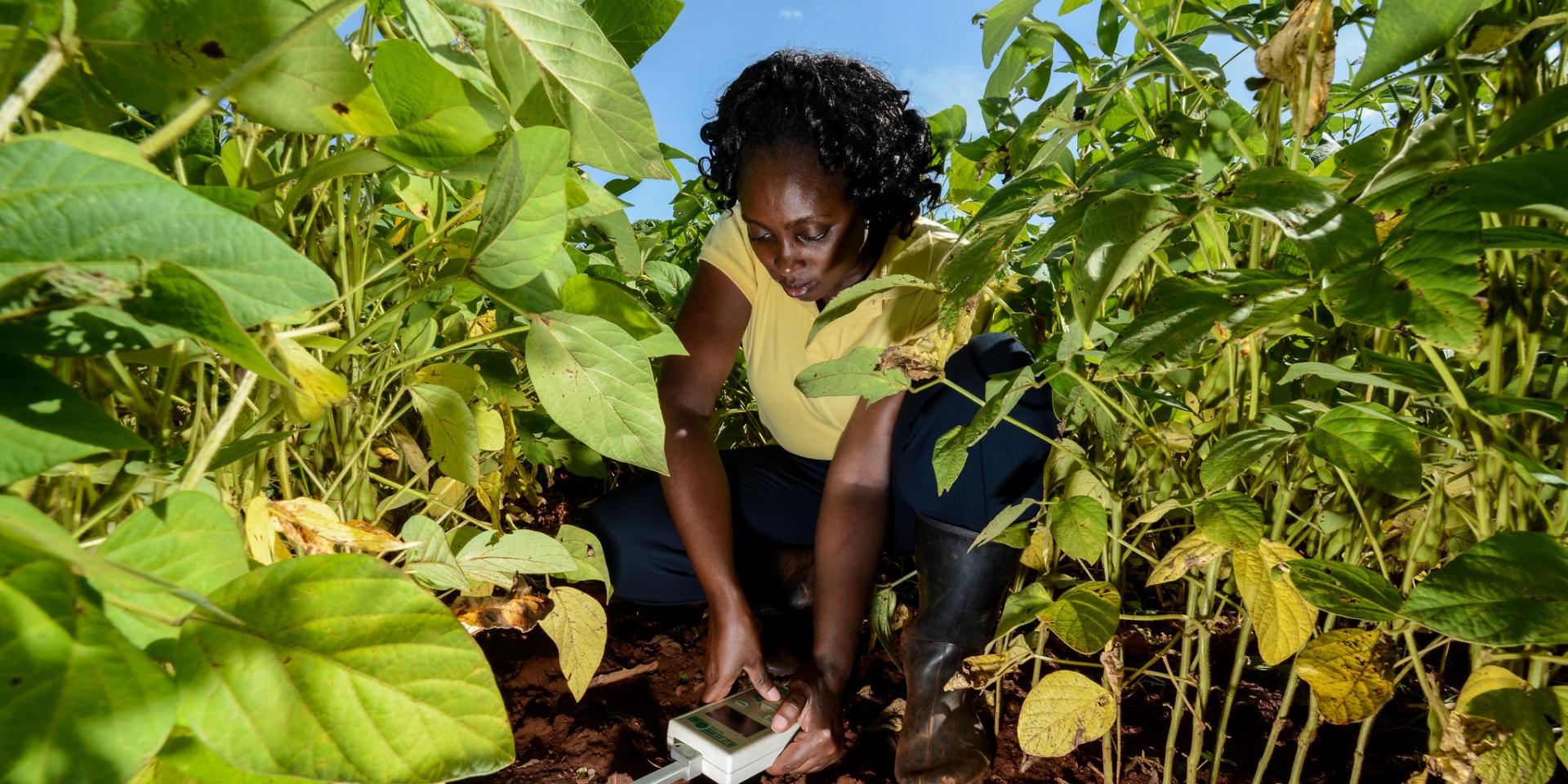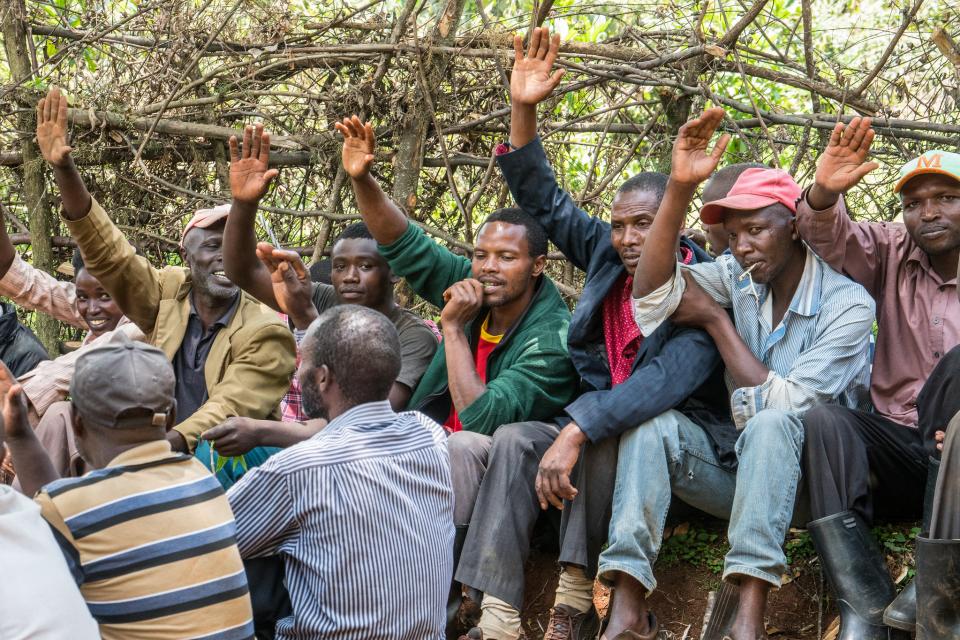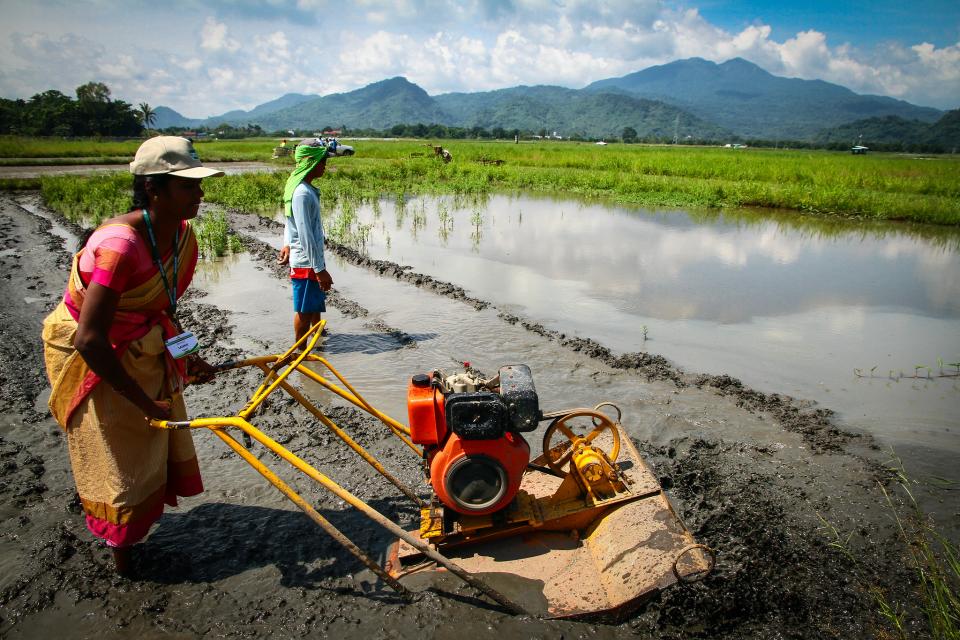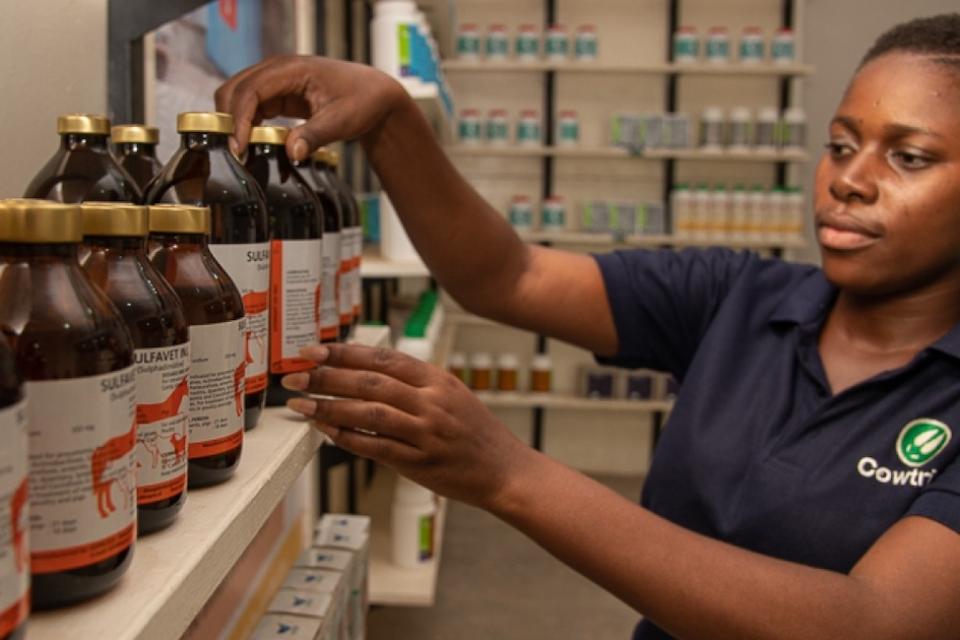Beyond ownership: measuring land rights
 Photo: CIAT
Photo: CIAT
Advancing women’s land rights is a priority for the international development agenda. Yet, there is no consensus on which rights should be monitored and reported. Three indicators of women’s property rights are widely used in the literature. Each captures a different aspect of women’s land rights, but a recent paper explores the extent to which these different rights are held by the same person, using data from six African countries.
The first indicator considers who owns the land. In surveys, this information may be collected by asking one household member to identify all plots of land and their owners or by asking individuals within the household about their land ownership. This self-reported ownership is not necessarily what would be legally considered ownership. A variation on this indicator is documented ownership – in other words, identifying whose name(s) are on any ownership documents, such as titles, registration papers, or sales receipts. This may be closer to legally recognized ownership, although the documents referred to may not be legal titles.
Who manages the plot is the focus of the second indicator. This would be the person who makes the decisions about what to grow and what inputs to use. This indicator is now widely used in analyses of gender gaps in agricultural productivity.
The third indicator concerns who controls the use of the output. In contrast to the plot manager, who is focused on the production decisions, this is the person who has control over the outputs and thus the revenues generated from the land. It is now more frequently collected than in the past because it tends to be seen as the most direct measure of control over the economic benefits from agriculture.
Advancing women’s land rights is a priority for the international development agenda. Yet, there is no consensus on which rights should be monitored and reported. Three indicators of women’s property rights are widely used in the literature. Each captures a different aspect of women’s land rights, but a recent paper explores the extent to which these different rights are held by the same person, using data from six African countries.
The first indicator considers who owns the land. In surveys, this information may be collected by asking one household member to identify all plots of land and their owners or by asking individuals within the household about their land ownership. This self-reported ownership is not necessarily what would be legally considered ownership. A variation on this indicator is documented ownership – in other words, identifying whose name(s) are on any ownership documents, such as titles, registration papers, or sales receipts. This may be closer to legally recognized ownership, although the documents referred to may not be legal titles.
Who manages the plot is the focus of the second indicator. This would be the person who makes the decisions about what to grow and what inputs to use. This indicator is now widely used in analyses of gender gaps in agricultural productivity.
The third indicator concerns who controls the use of the output. In contrast to the plot manager, who is focused on the production decisions, this is the person who has control over the outputs and thus the revenues generated from the land. It is now more frequently collected than in the past because it tends to be seen as the most direct measure of control over the economic benefits from agriculture.
Is it worth noting that agricultural surveys and censuses collected by the Food and Agriculture Organization (FAO) typically focus on the agricultural holder, who is described as the person with the technical and economic responsibility for the whole farm (FAO, 2015). FAO’s concept of the agricultural holder picks up on the two last indicators, but it is at the household farm level and does not capture intra-household distribution of decision-making and rights over different plots or agricultural activities.
Quantitative evidence from six nationally representative surveys in Africa (LSMS-ISA surveys) indicates that the gender gaps in land rights differ, depending on which indicator of land rights is used. They also vary widely across countries. The patterns also vary depending on whether we consider rights held by a single individual (sole rights) or those held jointly with others (usually a spouse).


